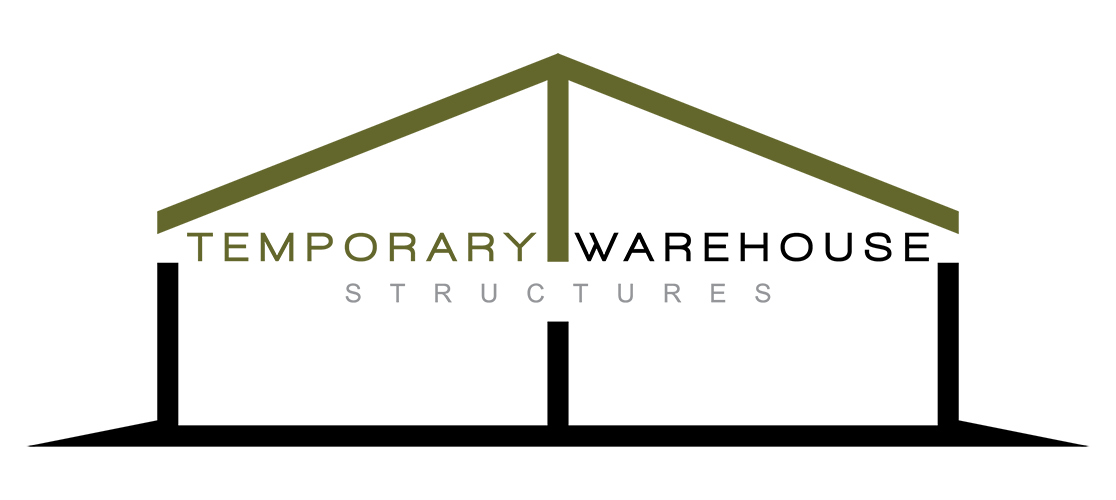Temporary Warehouse Structures: Enhancing Moisture Control For Your Fabric Buildings
The Main Features For Moisture Control In Temporary Fabric Structures
Moisture control is an important element of building safety. In the case of temporary fabric structures, precipitation and excessive moistures can cause damage to the stored items and at the same time, it can create a dump and cold environment that is unsafe for the workers. As such, it is vital that you get moisture control right. One effective way of managing moisture levels in such a building is by using a comprehensive water management system. There are several options for fabric structures that have a rigid steel frame. They include:
- Overhangs
- Downspouts
- Gutters
- Awnings
- Icebreakers
1. Temporary Fabric Buildings With Overhangs
Also known as eaves, overhangs are the cornerstone of any water management system. They are basically extensions that reach beyond the sidewalls of a building, thereby protecting the sidewalls (or a portion of it) from precipitation. Typically, overhangs will measure about 18 inches. However, since they can be made to one’s specifications, you can have overhangs ranging from just 1 inch to as much as 6 feet. Additionally, when a fabric building has sidewall doors, it is standard to have a wider overhang to create a dry area for the entrance. It is also important to note that many overhangs also function as passive ventilation systems. Since the overhang is next to the occupied levels of the building, it increases the overall amount of fresh air that gets into the building through the edges of the structure. This additional ventilation system further reduces the interior condensation levels without using any energy. While this feature is very effective at negating precipitation intrusion into a building, its use is limited to certain structures. For instance, mono cover buildings cannot use this feature effectively. Since such building comprises a single layer of fabric that stretches over the walls and roof, any angling of the material around the overhang will cause the fabric to wrap. Furthermore, some building applications require the building extension to be most enclosed, in a format that is known as a lean-to. In such cases, the enclosed extensions can serve more purpose such as providing circulation paths, providing a loading bay, or even extra storage space. As such, if any of these benefits suit your particular needs, you should consider including an enclosed extension in your next temporary fabric structure.
2. Downspouts and Gutters
Gutters are very important in moisture management in any building and more so in temporary fabric buildings. They direct the water flow on the roof and prevent potential damage to the landscaping surrounding the building and, importantly, the foundation of the building. After collecting the water from the roof, the downspouts direct the water away from the structure, thereby negating the potential of flooding. During the winter months, both the gutter and downspouts help to prevent the formation of ice on the walkway. Devoid of these features, the walkways surrounding the building resemble an ice rink. In the case of Temporary Warehouse Structures, the gutters and downspouts are installed along the overhang on one or more side of the buildings. Customers have the option of choosing from the standard or oversized options, depending on the intensity of rain in their area.
3. Temporary Buildings With Awnings
Just like overhangs, awnings provide a shaded and dry area around the temporary building. However, unlike the roofline extension design of the overhangs, the awnings are structures specifically designed to install over doors and windows. Awnings are completely customizable; you can get bespoke awnings that meet your specific size, shape, and even color requirements. As such, you not only end up with a building that looks unique but also a building that keeps the doors and windows dry. You can even use awnings to create shaded break areas to improve the working experience of employees.
4. Icebreakers
Icebreakers break off large sheets of ice into smaller pieces of ice. In doing this they prevent the large sheets of ice from falling from the roof and creating a liability or accessibility issues. They are therefore useful in occupied temporary fabric buildings, where they protect the building itself, the occupants, and even the landscape surrounding the building.
5. Manage Building Moisture
For the most part, you cannot control the moisture levels in the environment. The next best option is to control the moisture levels on the outside of the fabric using a comprehensive water mitigation system. Contact us today and learn how you can use these features.
Learn more about your project, by requesting a quote, visiting our blog, or giving us a call!
We are continually proud to offer our clients superior material, craftsmanship, and structurally sound clear span buildings.
CONTACT US TODAY
For more information or a quote, please contact us. Find out how Temporary Warehouse Structures can help with your next project.

